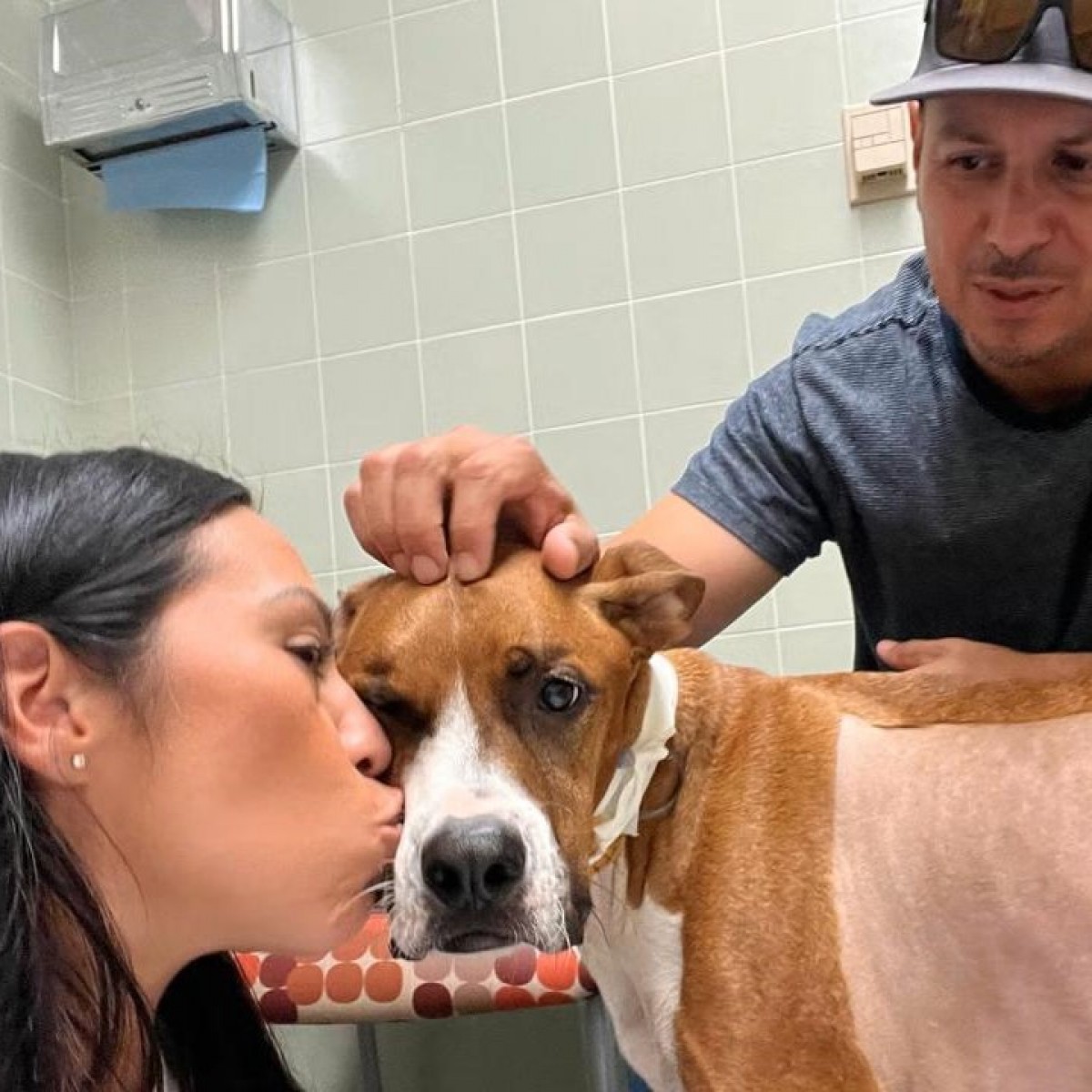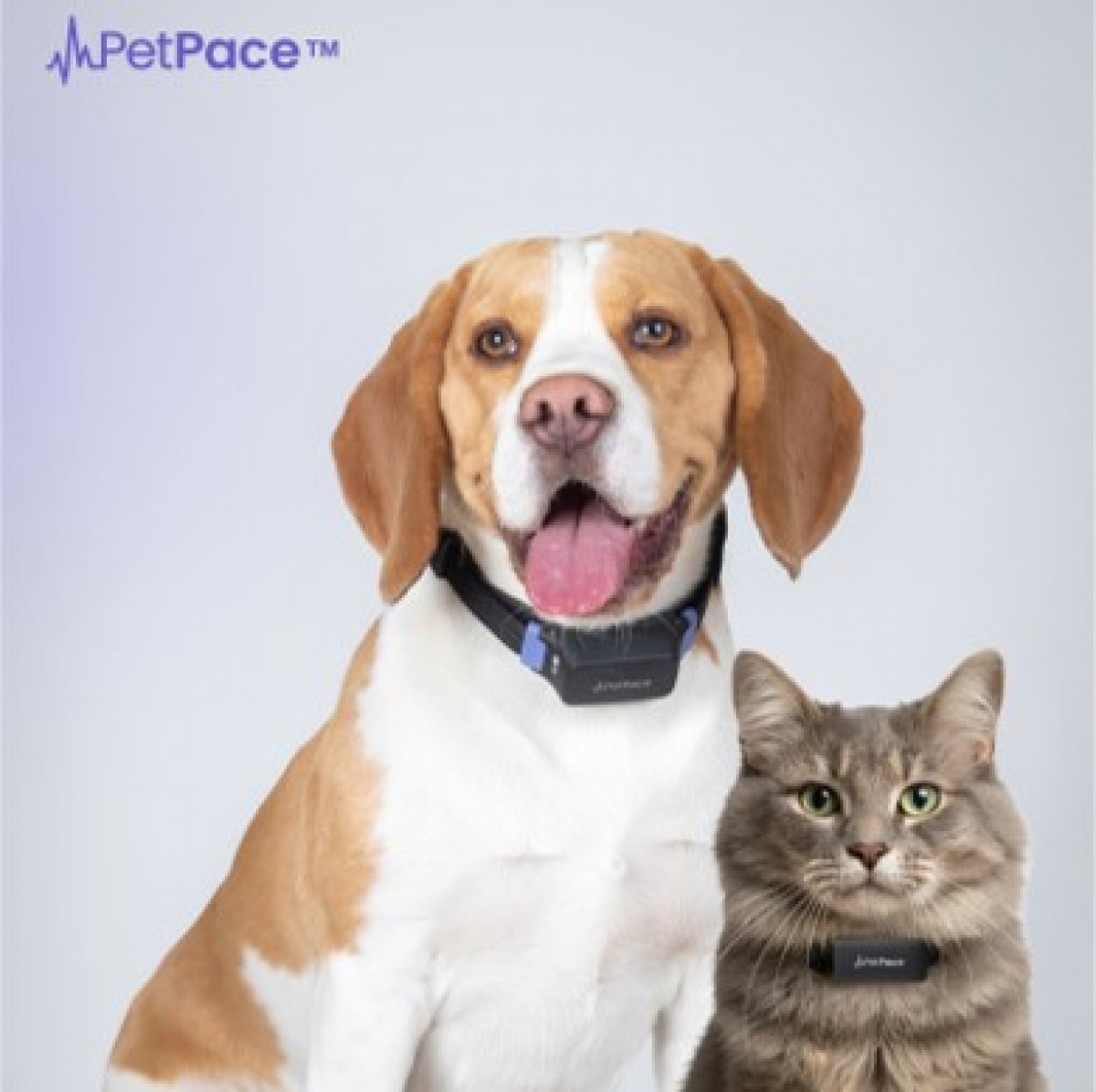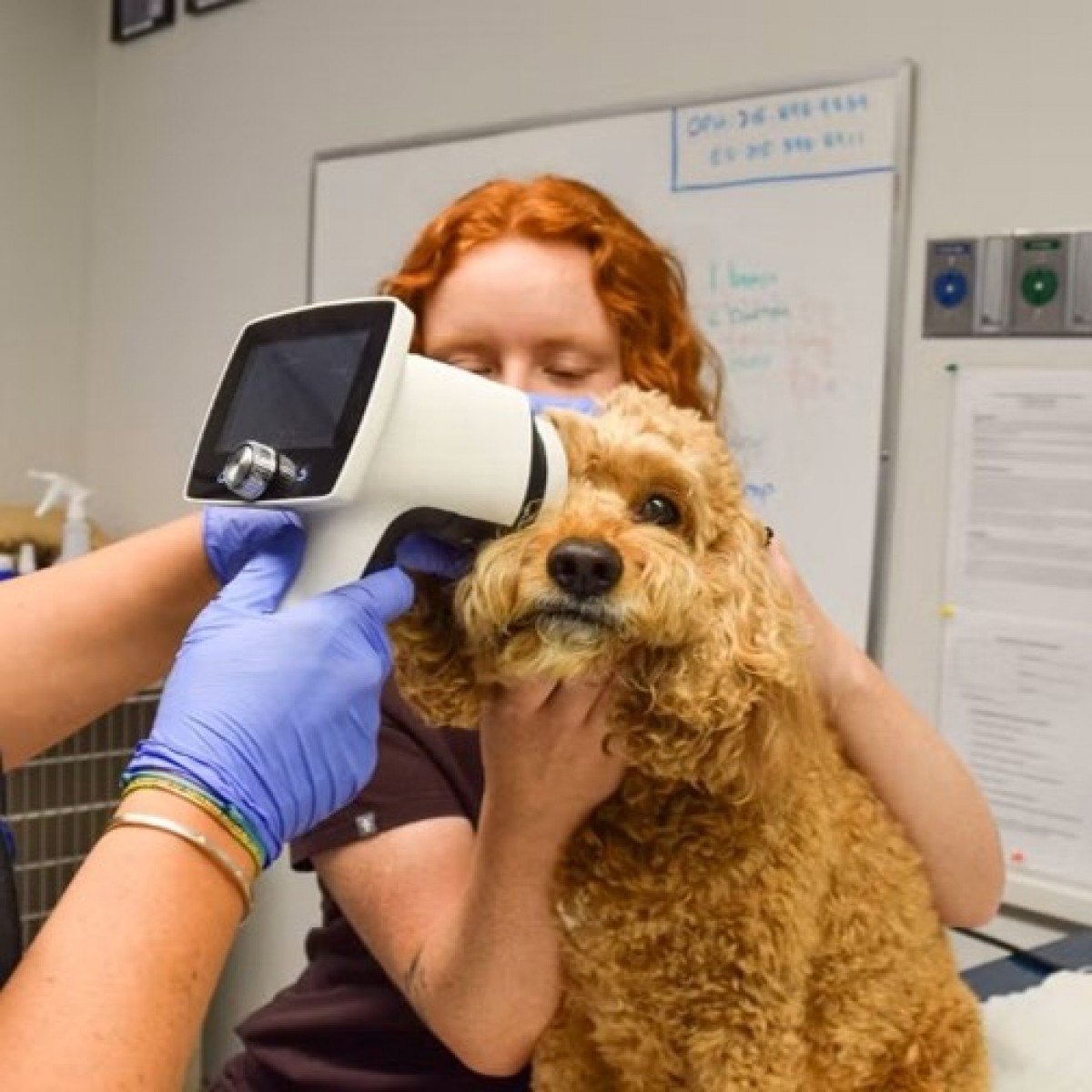Efficacy of ropinirole for induction of emesis material in dogs
The objective of this non-randomized non-controlled clinical trial was to assess efficacy of ropinirole versus apomorphine in inducing vomiting in dogs.
Ropinirole topical ophthalmic solution was applied to dogs' eyes, with a target dose of 3.75 mg/m2. A second dose was administered after 15 minutes based on clinician discretion. Reversal with metoclopramide was provided based on clinician discretion. Results of ropinirole's efficacy were compared to previous literature assessing the efficacy of apomorphine.
Overall, researchers enrolled 279 client-owned dogs with known or suspected ingestion of a foreign material (n = 129) or toxin (150) in the study.
Of these 279 dogs, 255 (91.4%) vomited after ropinirole administration, including 116 of the 129 dogs (89.9%) that ingested foreign material and 139 of the 150 dogs (92.7%) that ingested toxins.
Success of emesis did not differ between groups. With a single dose of ropinirole, 78.9% vomited. Fifty-nine dogs received two doses of ropinirole, resulting in 79.7% that vomited.
Overall, 74.2% of the dogs vomited all the expected ingested material. Average time to emesis was 11.0 minutes with 50% of dogs vomiting within seven to 18 minutes.
Adverse effects were observed for 17.0% of dogs and were self-limiting. Ropinirole was less effective than apomorphine in inducing vomiting (91.4% ropinirole, 95.6% apomorphine [P < .0001]) and equally effective at evacuating all ingested material (74.2% ropinirole, 75.6% apomorphine [P = .245]).
In conclusion, ropinirole ophthalmic solution is a safe and effective emetic for use in dogs. It has a small but statistically significant decrease in efficacy compared to IV apomorphine.
Natalie A Rosenstein, et al. “Ropinirole has similar efficacy to apomorphine for induction of emesis and removal of foreign and toxic gastric material in dogs.” J Am Vet Med Assoc. 2023 Apr 18;1-7. doi: 10.2460/javma.23.01.0027.














List
Add
Please enter a comment